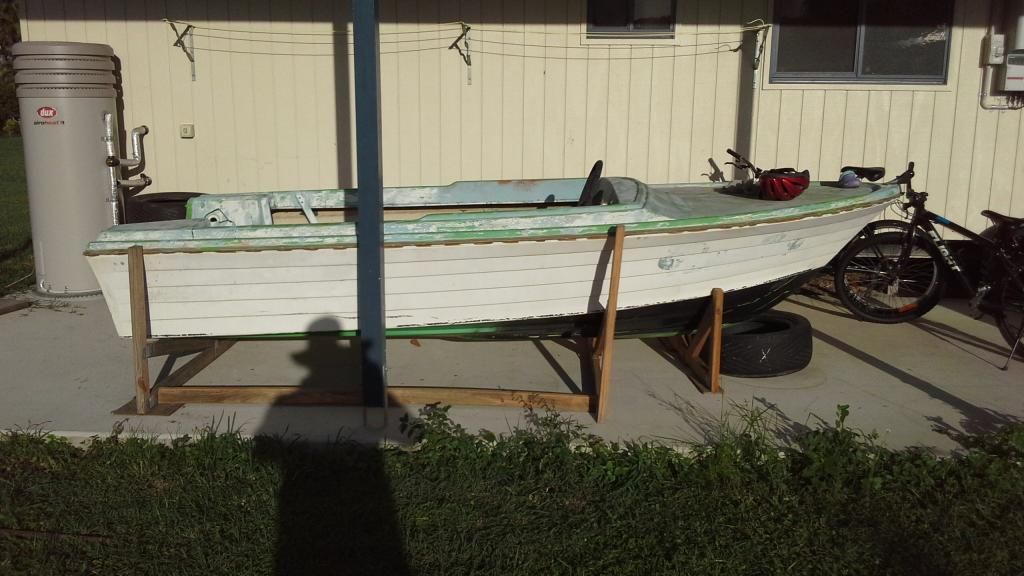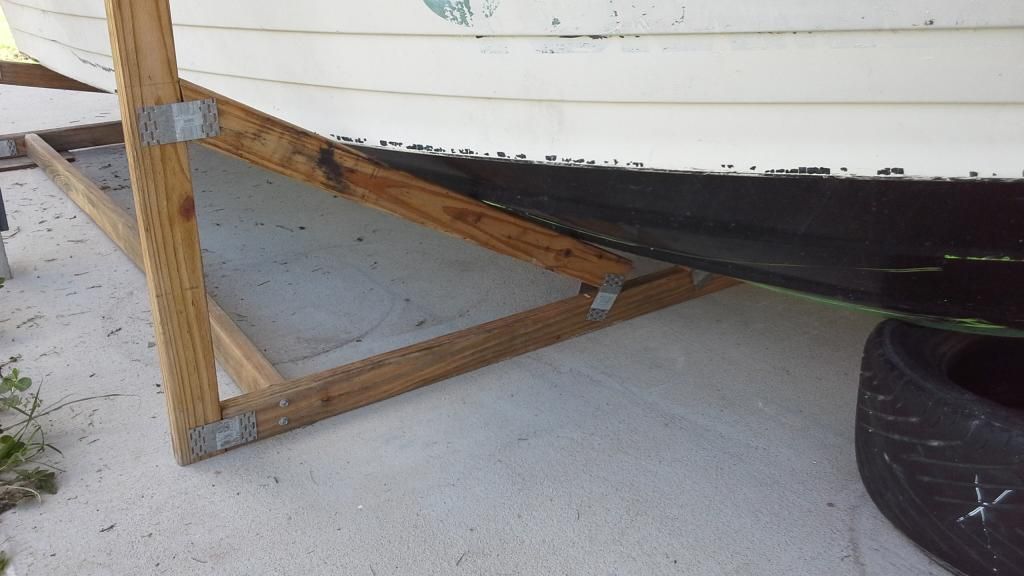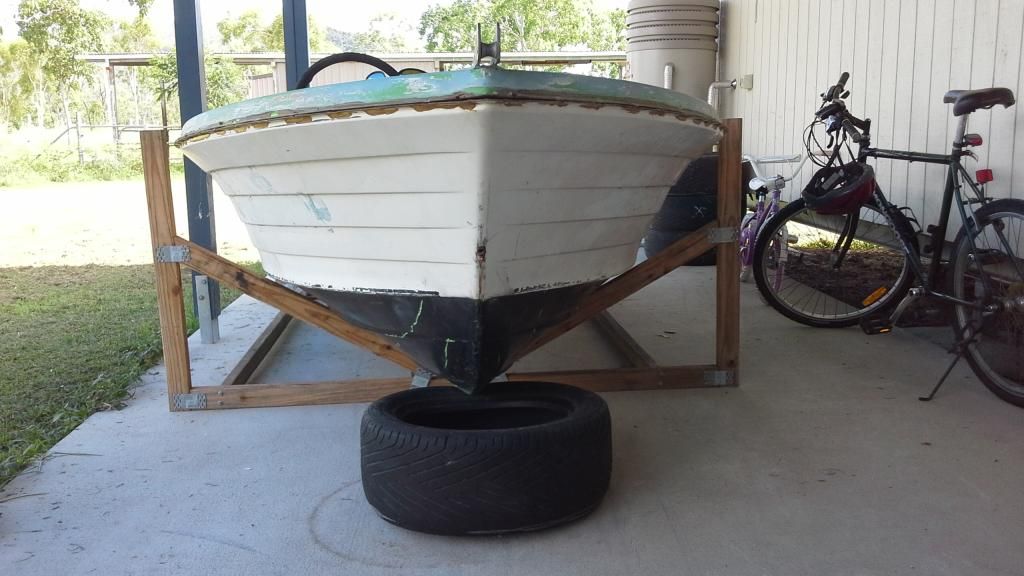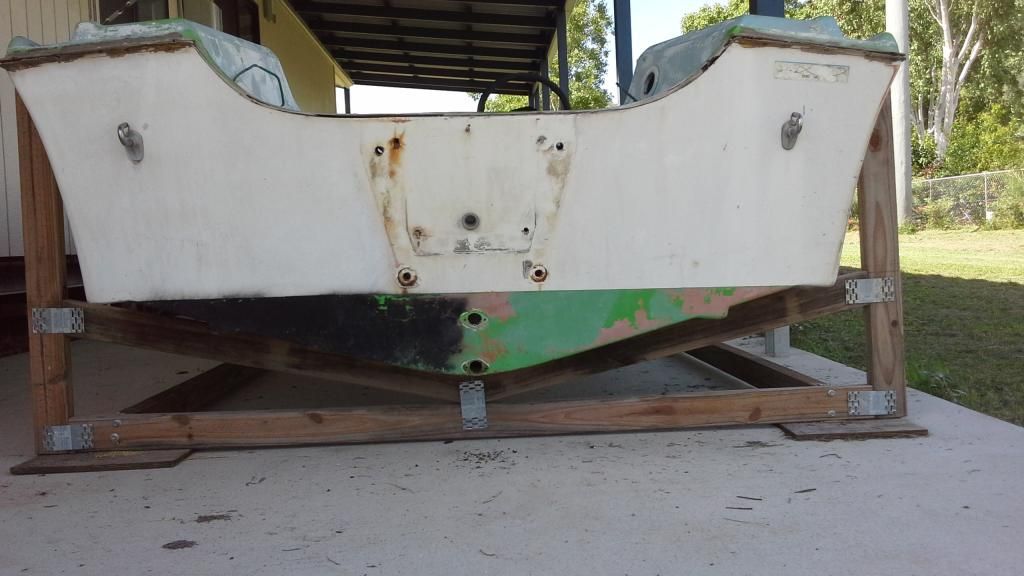This forum is a good place to start.
Positioning of items comes down to a few key factors which are hard to determine without running the boat on the water first.
Little boats are very sensitive to weight placement. Even changing the outboard from 2st to 4st hurts.
But I'll try to give you a few pointers.
Fuel tank. Biggest annoyance for weight balance. Now assuming you are looking at a 4 stroke motor and running only up he creeks etc. a 40/50L underfloor tank would be the best option. This will help with the stringer placements under the floor.
Grab a premise poly tank from Sant marine. And position it so a filler hose and breather hoses can be accessible from a hatch under the console.
A pre made console would be the easiest to install but a custom build glass over ply can also be done. You basically want the console to have a flange to screw down after the floor is complete. This will help to fine tune the weight placement of your self standing in the boat. You will only get 300mm max movement with the filler hoses etc coming up underneath but sometimes that's all you need.
Do you need help with materials?
And we all love photos of the projects.
Damo's dodgy boat building factory.





 Reply With Quote
Reply With Quote








